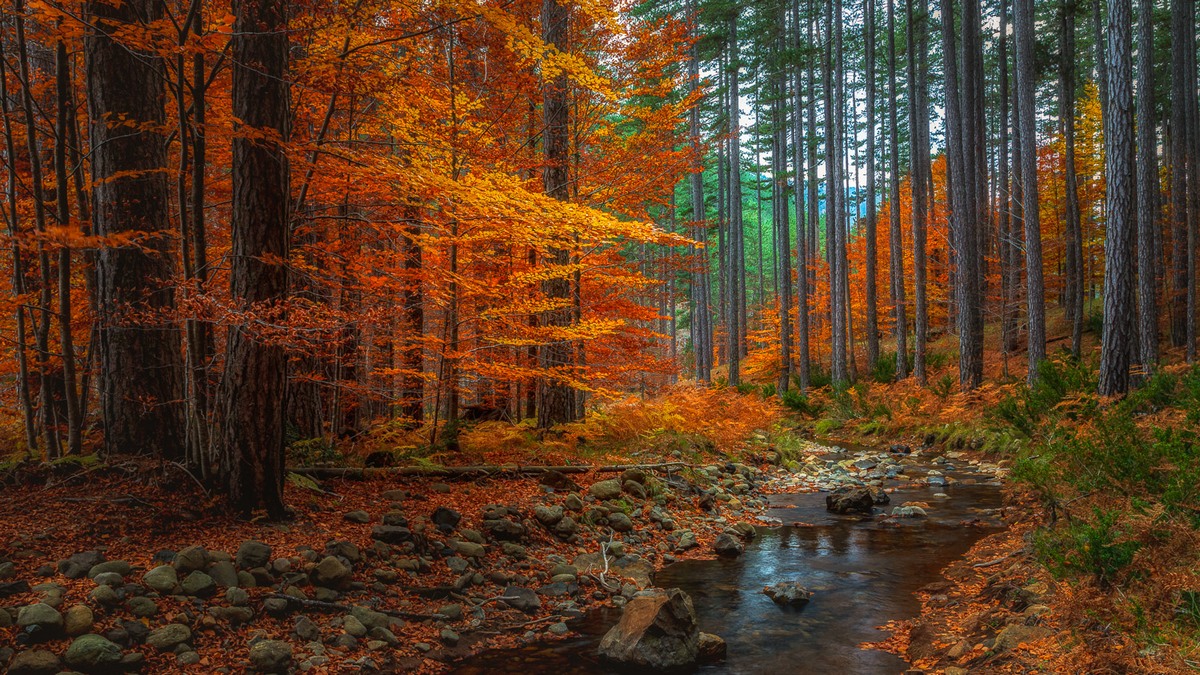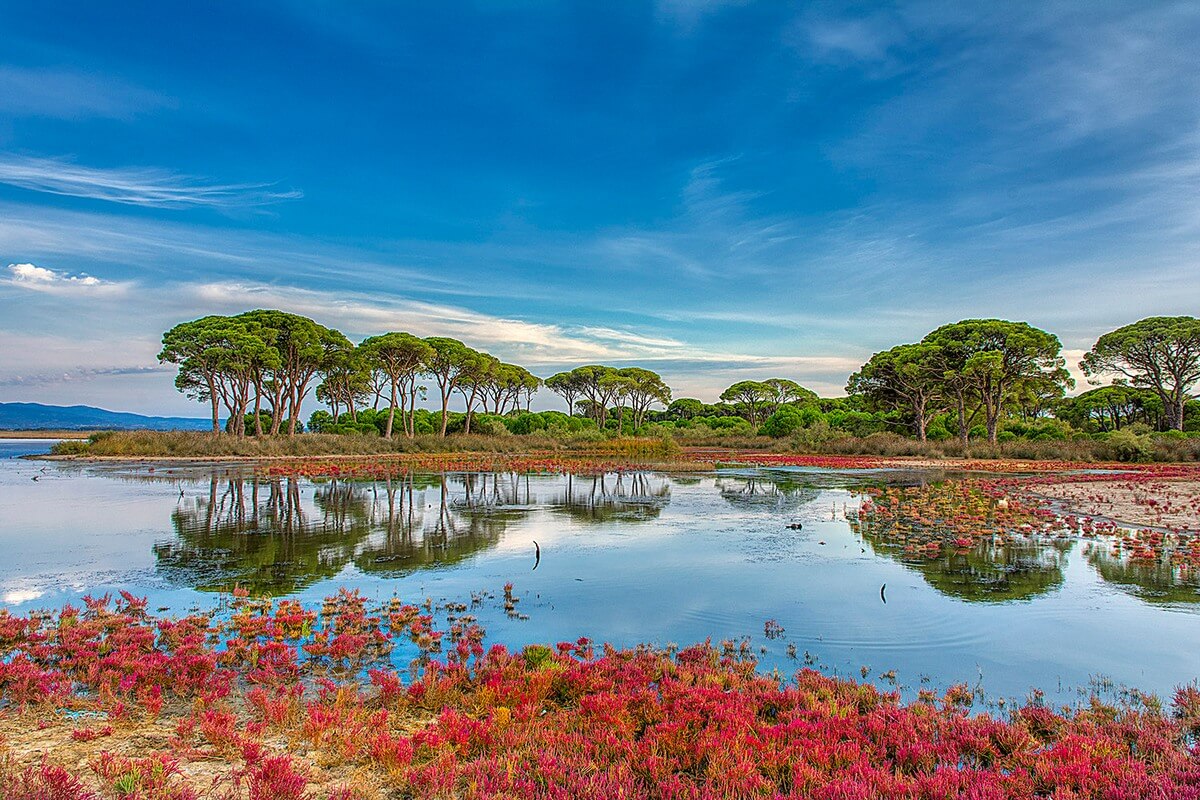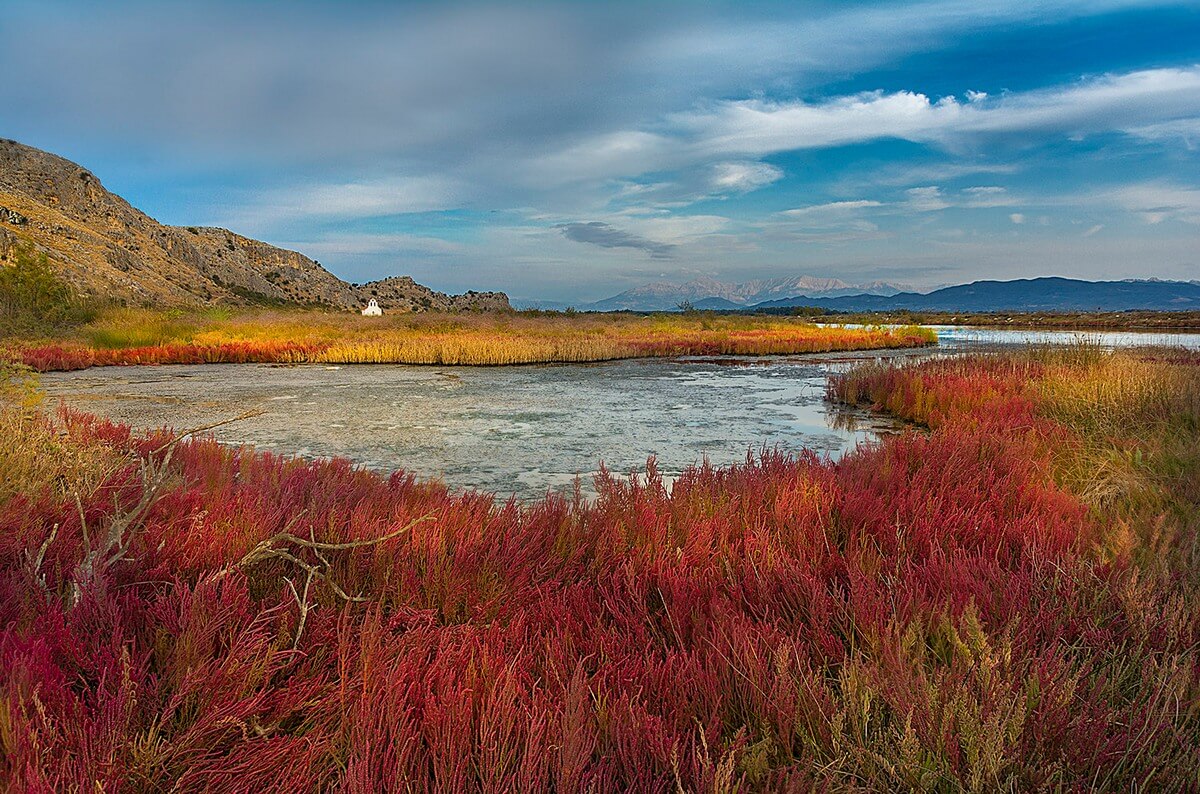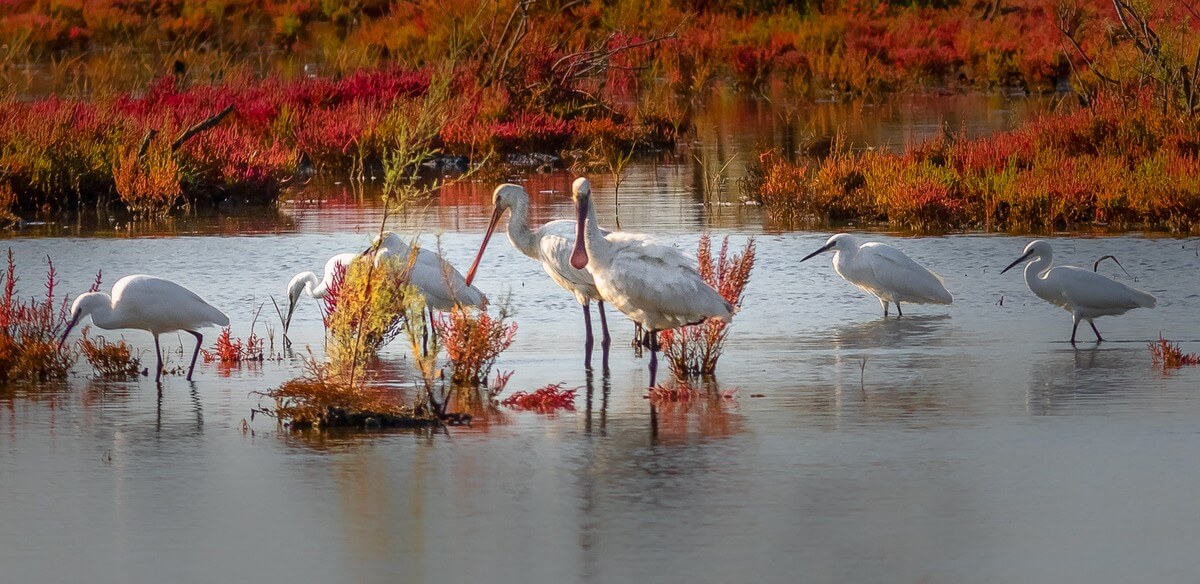LIFE EL-BIOS Project: Pilot Project locations in Protected Areas
(1) Pindos National Park
The Northern Pindos National Park is the largest terrestrial National Park of our country, with an area of almost 2 million acres.
The natural ecological value of the Northern Pindos National Park, recognized at a National, European, and Global level, comes from the fact that its boundaries include:
- 2 National Parks {Pindos (or Valia Kalda) and Vikos-Aoos}
- 11 areas belonging to the European Network of Protected Areas: “NATURA 2000”
- 1 Area of Outstanding Natural Beauty (AONB) (Mount Orliakas),
- 1 area designated as a Biogenetic Reserve (inside Valia Kalda),
- 1 significant part of the Geopark Vikos – Aoos (member of the European Network of UNESCO Geoparks),
The second highest mountain in Greece, Smolikas (2,637m) and the imposing mountain range of Tymfi lie in the area, while the springs of the rivers Aoos, Voidomatis and Venetikos as well as the tributaries of Arachthos: Vardas and Zagoritikosare located within the Protected Area.
The National Park area is home to many rare, endemic, and endangered species comprising an exceptional state of biodiversity, which specifies the ecological value of the area. Specifically, there are about 2,100 species of plants, which include impressive flowers such as various types of wild lily.
In the Northern Pindos National Park there are also more than 60 species of mammals, some of which are rare, such as the brown bear (Ursus arctos), the wolf (Canis lupus), the wild cat (Felis sylvestris), the otter (Lutralutra), the wild goat (Rupicapra rupicaprabalcanica), more than 180 species of birds, among them the Asproparis (Neophron percnopterus), the Golden Eagle (Aguila chrysaetos), as well as – about 30 species of reptiles and 14 species of amphibians, including the alpine newt (Triturus alpestris).
Under the LIFE EL-BIOS project, acquisition of biodiversity-related data will be carried out through innovative approaches in the area of Valia Kalda (GR1310002) and Drakolimni – Mount Tymfi (GR 2130009).
Valia Kalda:
- dense beech forests (Fagus sylvatica),
- black pine forests (Pinus nigra)
- Bosnian Pine (Pinus heldreichii) above 1500 meters,
- rocky ridges,
- high peaks (approximately 2000 m.),
- permanent, rushing streams,
- various springs and mountain lakes.
Drakolimni- Mount Tymfi:
- alpine lake (8 acres) glacial remnant,
- altitude 2050 m.,
- alpine newts (Triturus alpestris),
- rare and endemic flowers (Centaurea epirota, Narcisuspoeticus, Crocus veluhensis, Viola dukadjinica etc.),
- abundance of predators (short-toed eagles, falcons/buzzards, peregrine falcons, golden eagles, Goshawks, common kestrel, etc.),
- Crows (Alpine chough & ravens),
- Other small birds (wryneck, horned lark, snow ostriches, snow buntings, etc.).
 GREVENA (GR1310002)YIANNIS SAPNAS / Click in nature/ LIFE-IP 4 NATURA
GREVENA (GR1310002)YIANNIS SAPNAS / Click in nature/ LIFE-IP 4 NATURA
 GREVENA (GR1310002)CHRISTOS PANTAZIS / Click in nature/ LIFE-IP 4 NATURA
GREVENA (GR1310002)CHRISTOS PANTAZIS / Click in nature/ LIFE-IP 4 NATURA
 ΙΟΑΝΝΙΝΑ (GR2130009)CHRISTOS DIMADIS / Click in nature/ LIFE-IP 4 NATURA
ΙΟΑΝΝΙΝΑ (GR2130009)CHRISTOS DIMADIS / Click in nature/ LIFE-IP 4 NATURA
(2) Wetlands National Park of Kotychi - Strofilia
The Kotychi – Strofilia Wetlands National Park extends to the coastal zone of the northwest Peloponnese (from Patraikos gulf & Cape Araxos in the north, to Lechaina& just before Kyllini in the south). It is the largest wetland ecosystem of the Peloponnese and has been established as a National Park since 2009.
The natural ecological value of the National Wetlands Park of Kotychi – Strofilia, at a national, European, and global level, comes from the fact that its boundaries include:
- 2 Special Protection Areas for Birds (SPA) & 3 Special Conservation Zones (SAC) belonging to the European Network of Protected Areas “NATURA 2000”,
- Υγρότοπους Διεθνούς Σημασίας της Σύμβασης Ramsar:
– Araxos, Prokopos and Kotychi laggons,
– marsh of Lamia, - wet meadows, streams, and creeks,
- extended coastal zone with dunes and sandy beaches,
- the Black Mountains (set of limestone hills),
- the impressive forest of Strofilia.
Forming an environment particularly supportive of biodiversity, the area hosts endemic and rare plants, endangered animals and at the same time acts as a critical stopover for migratory birds.
Indicative, representative plant species of the National Park:
- the stone pine (Pinus pinea),
- the Aleppo pine (Pinus halepensis),
- the Valonia oak (Quercus ithaburensis subsp. macrolepis),
- Centaurea niederi,
- the petroraghia (Petroraghiagraminea),
- colchicum (Colchicum parlatoris),
- the sea daffodil (Pancratium maritimum),
- common reed (Phragmites australis).
The area is a migration station for 263 species of birds:
- The National Park has the status of Important Bird Area (IBA), is home to 15 species of birds, while 3 of them are globally threatened species,
- 11 species of birds are included in the Red Book of Threatened Animals of Greece.
The National Park is home to various common mammals such as the fox, the hedgehog, the hare, the weasel, the badger, the ferret, while there is a significant presence of small mammals such as flies and bats, as well as endangered species with small populations, such as the jackal and the otter.
The reptile fauna of the National Park consists of:
- 12 species of snakes (including the European ratsnakeand the Bulgarian ratsnakewhich are protected as species of Community interest),
- 7 species of lizards (among them the endemic common wall lizards and the Anguis cephallonica
- 5 species of turtles, two land turtles (Mediterranean and Marginated tortoise), two water turtles (European pond turtle and Balkan terrapin) and the endangered sea turtle Caretta caretta, all of them protected at a European or international level.
The amphibians are represented by 8 species, the common newt, the tree frog, the green toad, the ground toad or braska, the Epirus frog, the Balkan frog, the agile frog, and a new subspecies of the rare Syrian spadefoot.
The lagoons of the National Park are an ideal habitat for fish, many of which belong to fish species of high commercial value (mullet, bream, sea bass).
The Kotychi – Strofylia Wetlands National Park is one of the two pilot areas of the LIFE EL-BIOS project. As part of the project, satellite data will be captured and processed in the area to record and monitor the wetland ecosystem, as well as field data, with an emphasis on the pine forest, lagoons, and the coastal zone.
 ACHAIA (GR2320001)EFSTATHIOS ZEINIS/ Click IN NATURE / LIFE-IP 4 NATURA
ACHAIA (GR2320001)EFSTATHIOS ZEINIS/ Click IN NATURE / LIFE-IP 4 NATURA
 ACHAIA (GR2320001)EFSTATHIOS ZEINIS/ Click IN NATURE / LIFE-IP 4 NATURA
ACHAIA (GR2320001)EFSTATHIOS ZEINIS/ Click IN NATURE / LIFE-IP 4 NATURA
 ACHAIA (GR2320011)CHRISTOS PANTAZIS/ Click in nature/ LIFE-IP 4 NATURA
ACHAIA (GR2320011)CHRISTOS PANTAZIS/ Click in nature/ LIFE-IP 4 NATURA
